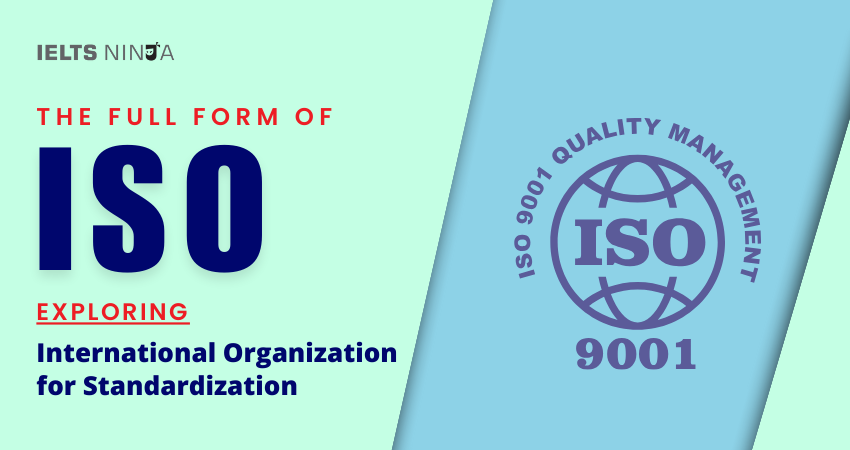The full form of ISO stands for the “International Organization for Standardization”. It is a global body that develops and publishes international standards to ensure the quality, safety, efficiency, and consistency of products, services, and systems across various industries. ISO standards are used by businesses, governments, and organizations worldwide to establish best practices, enhance product quality, and facilitate international trade. In this guide, we will explore the details of ISO, its history, functions, and significance.
Key Details of ISO:
History:
- ISO was founded in 1947 and is headquartered in Geneva, Switzerland.
- Its primary goal is to facilitate international trade by developing and publishing globally recognized standards that ensure the quality, safety, and efficiency of products and services.
- ISO works in collaboration with national standards bodies from its member countries, which currently number over 160.
Functions and Activities:
ISO’s core functions and activities include:
- Standardization: ISO develops and publishes a wide range of international standards that cover various sectors, including technology, manufacturing, healthcare, and more. These standards set benchmarks for quality, safety, and efficiency.
- Certification: ISO standards are often used as a basis for certification programs. Organizations can seek ISO certification to demonstrate their compliance with specific standards, such as ISO 9001 (quality management) and ISO 14001 (environmental management).
- Technical Committees: ISO operates technical committees that consist of experts from member countries. These committees work on the development and revision of standards, ensuring they remain relevant and up-to-date.
- Harmonization: ISO standards help harmonize industry practices worldwide, making it easier for businesses to engage in international trade and ensuring that products and services meet consistent quality criteria.
- Consumer Protection: ISO standards can contribute to consumer safety and protection by establishing guidelines for product safety, labeling, and information.
Types of ISO Standards:
ISO standards cover a wide array of areas, including:
Quality Management:
ISO 9000 series standards focus on quality management systems, ensuring that organizations meet customer expectations and improve overall performance.
Environmental Management:
ISO 14000 series standards provide guidelines for effective environmental management, helping organizations minimize their environmental impact.
Information Technology:
ISO/IEC 27000 series standards deal with information security management systems, safeguarding sensitive data and information.
Healthcare:
ISO standards in healthcare address topics like medical device quality, patient safety, and health informatics.
Safety:
ISO standards related to safety encompass product safety, workplace safety, and food safety.
Also Read: Best online IELTS coaching & training academy
Significance of ISO standard:
ISO standards offer several benefits:
Global Recognition:
ISO standards are recognized and respected worldwide, making it easier for businesses to access global markets.
Quality Assurance:
They help organizations enhance the quality and reliability of their products and services.
Risk Management:
ISO standards often include risk management components, helping organizations identify and mitigate potential risks.
Innovation:
Standards can encourage innovation by providing a foundation for new technologies and practices.
Consumer Confidence:
ISO standards can build consumer confidence by assuring them of product quality and safety.
Conclusion:
The International Organization for Standardization (ISO) plays a vital role in promoting global standardization, quality assurance, and trade facilitation across industries. Its standards provide a framework for businesses and organizations to achieve excellence in their products, services, and systems while ensuring consumer safety and satisfaction on a global scale.








